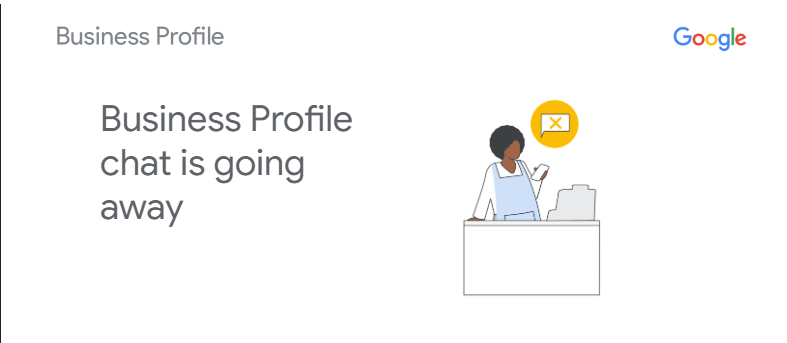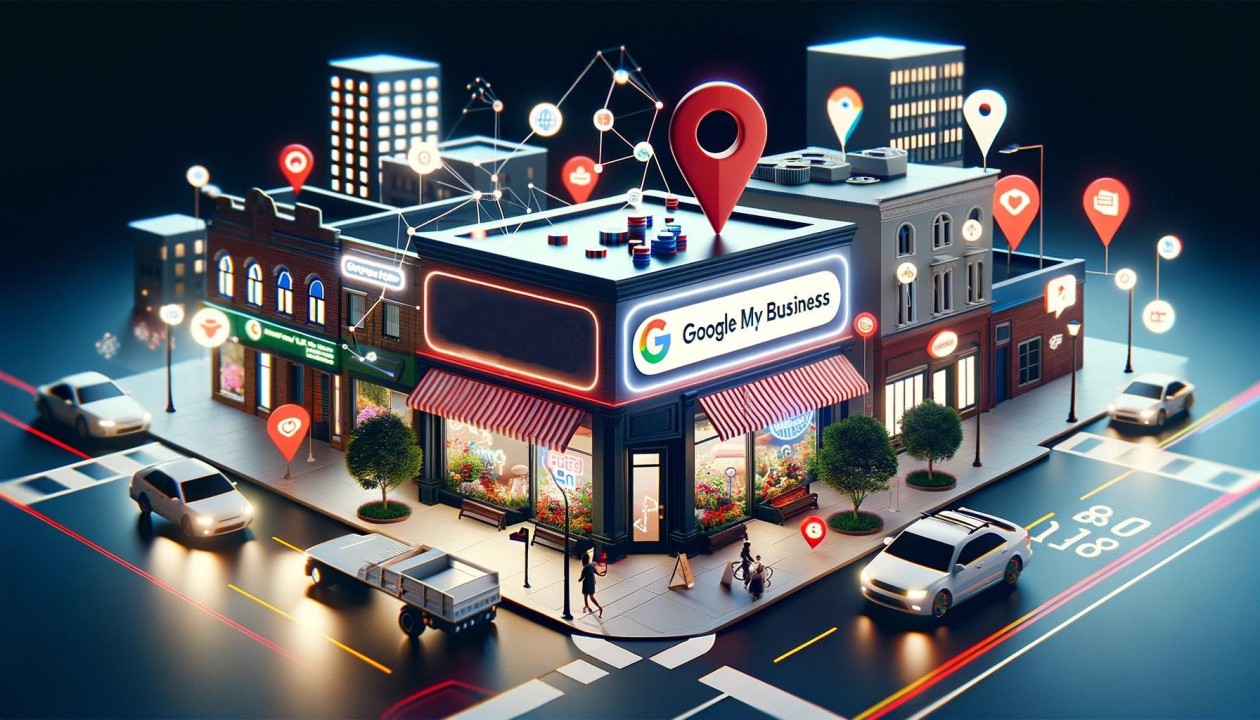One Page Website SEO, also known as on-site SEO, is the process of optimizing individual web pages in order to rank higher and earn more relevant traffic in search engines. On-page SEO refers to both the content and HTML source code of a page that can be optimized, as opposed to off-page SEO which refers to links and other external signals.
One Page Website SEO is a crucial element of any successful search engine optimization campaign, as it provides search engines with the necessary information to understand what a page is about and how relevant it is to a given search query. Here are some key on-page SEO factors to keep in mind when optimizing your web pages:
- Keyword research: Keyword research is the process of identifying the most relevant and high-traffic keywords related to your business or topic. By targeting the right keywords, you can optimize your content to rank higher in search results for those terms.
- Title tags: The title tag is an HTML tag that appears in the head section of a web page and provides a brief summary of the page’s content. Make sure your title tag accurately reflects the content of your page and includes your primary keyword.
- Meta descriptions: The meta description is a brief summary of the content on the page that appears in search engine results. Make sure your meta description is compelling and includes your primary keyword.
- Header tags: Header tags, or H1, H2, and H3 tags, are HTML tags that indicate the importance of the content on the page. Use these tags to structure your content and make it easier for search engines to understand the main topics covered on the page.
- Content optimization: Optimize your content by including your primary keyword in the body of the page, as well as in the URL, title tag, and meta description. Use related keywords and phrases throughout the content to help search engines understand the context of your page.
- Image optimization: Optimize your images by using descriptive file names and alt tags that include your primary keyword. This makes it easier for search engines to understand the content of your images.
- Internal linking: Internal linking involves linking to other pages on your website from within your content. This helps search engines understand the structure of your website and the relationships between different pages.
- Page speed: Page speed is an important on-page SEO factor that can impact user experience and search engine rankings. Use tools like Google PageSpeed Insights to identify and fix any speed issues on your site.
By focusing on these key on-page SEO factors, you can optimize your web pages to rank higher in search engine results and earn more relevant traffic to your site. Remember that on-page SEO is just one part of a comprehensive SEO strategy, and it’s important to also focus on off-page SEO factors like building high-quality backlinks to your site.
here are some common questions and answers about on-page SEO:
Q: What is on-page SEO? A: On-page SEO, also known as on-site SEO, is the process of optimizing individual web pages in order to rank higher and earn more relevant traffic in search engines.
Q: Why is on-page SEO important? A: On-page SEO is important because it provides search engines with the necessary information to understand what a page is about and how relevant it is to a given search query. This can help your pages rank higher in search results and earn more relevant traffic to your site.
Q: What are some key on-page SEO factors to consider? A: Some key on-page SEO factors include keyword research, title tags, meta descriptions, header tags, content optimization, image optimization, internal linking, and page speed.
Q: How can I optimize my content for on-page SEO? A: To optimize your content for on-page SEO, include your primary keyword in the body of the page, as well as in the URL, title tag, and meta description. Use related keywords and phrases throughout the content to help search engines understand the context of your page.
Q: How can I optimize my images for on-page SEO? A: To optimize your images for on-page SEO, use descriptive file names and alt tags that include your primary keyword. This makes it easier for search engines to understand the content of your images.
Q: What is internal linking? A: Internal linking involves linking to other pages on your website from within your content. This helps search engines understand the structure of your website and the relationships between different pages.
Q: How important is page speed for on-page SEO? A: Page speed is an important on-page SEO factor that can impact user experience and search engine rankings. Use tools like Google PageSpeed Insights to identify and fix any speed issues on your site.




